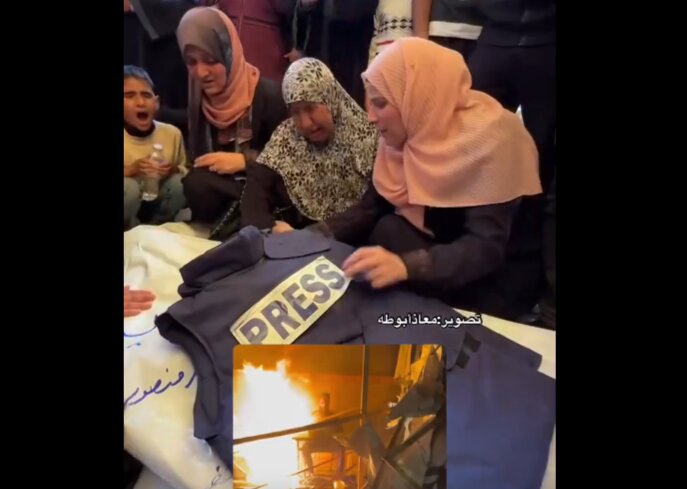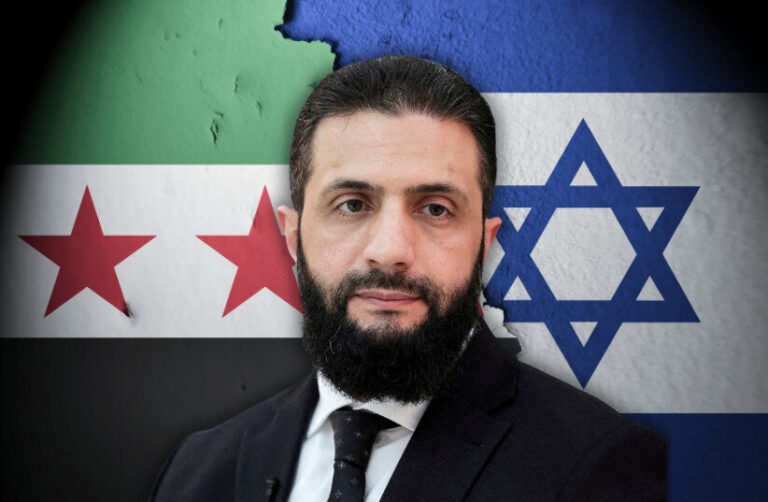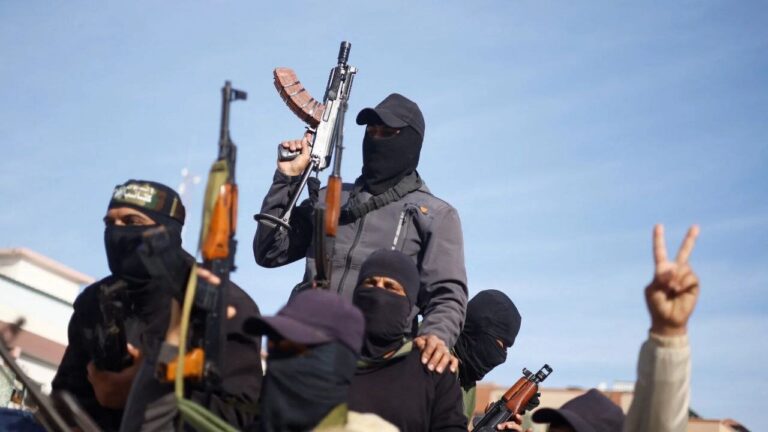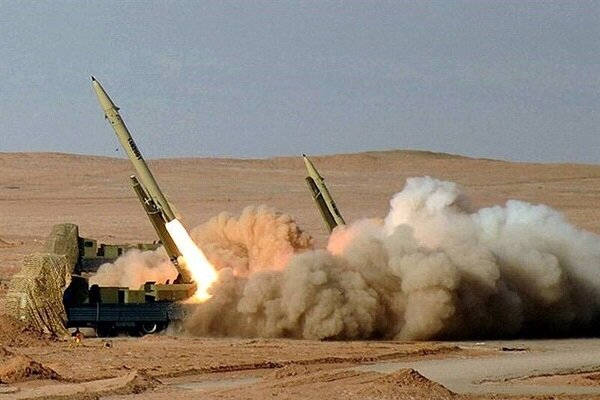Heartfelt Farewell: Honoring the Journalist Tragically Burned Alive Amidst Israeli Conflict
In a heart-wrenching moment captured on video, the tragic story of Ahmad Mansour, a journalist who lost his life in Gaza, unfolds. This footage poignantly illustrates the grief of Palestinian women as they say their final goodbyes to Mansour, who was tragically burned alive during a bombing incident that targeted a journalists’ tent. The situation in Gaza remains dire, and the loss of journalists like Mansour highlights the ongoing challenges faced in conflict zones.
Ahmad Mansour was more than just a journalist; he was a voice for the voiceless, covering critical stories that needed to be told. His untimely death is a stark reminder of the dangers journalists face, especially in regions plagued by conflict. The farewell ceremony, attended by many mourning women, reflects the deep sorrow and solidarity among the community as they pay tribute to a fallen hero.
Here are some key points surrounding the tragic incident and its implications:
- The Incident: Ahmad Mansour was killed in a bombing that struck a journalists’ tent in Gaza, underscoring the perilous conditions that reporters endure in war zones.
- Community Response: The emotional farewell by Palestinian women symbolizes the collective grief and the impact of Mansour’s death on the local community.
- Journalism in Conflict: The ongoing violence in Gaza poses significant risks to journalists, who often find themselves in the line of fire while striving to report the truth.
- Importance of Reporting: Mansour’s work highlighted the critical need for accurate reporting in conflict areas, where misinformation can exacerbate tensions.
The bombing that claimed Ahmad Mansour’s life has raised serious concerns about the safety of journalists operating in conflict zones. Many organizations and activists are calling for increased protections for reporters, urging governments and international bodies to prioritize the safety of those who risk their lives to document the truth.
The video of the farewell ceremony has been widely shared on social media, drawing attention to the broader issues of violence against journalists and the human cost of conflict. As the world watches, there is a growing call to action to ensure that journalists can operate without fear of violence or retribution.
In addition to mourning Mansour, his colleagues and supporters are advocating for greater awareness of the challenges faced by journalists in the region. They emphasize that such tragedies should not be forgotten and that the fight for press freedom is far from over.
Here are some additional facts about the impact of violence on journalism in Gaza:
- High Casualty Rates: Journalists in Gaza face some of the highest casualty rates in the world due to ongoing military operations.
- Targeted Attacks: There have been numerous documented cases of journalists being targeted during conflicts, raising alarms about press freedom.
- International Reactions: Advocacy groups have consistently pressured international bodies to take a stand against violence directed at journalists.
- Calls for Accountability: Many are demanding accountability for attacks on journalists, urging investigations into incidents like the bombing that killed Mansour.
As the community continues to grieve Ahmad Mansour’s loss, it serves as a rallying point for those advocating for the safety of journalists everywhere. The fight for press freedom and the protection of those who seek to inform the public remains a critical issue in today’s world.
In conclusion, the tragic death of Ahmad Mansour is not just a loss for his family and friends but for the entire journalistic community. His dedication to uncovering the truth in the face of adversity will not be forgotten. The powerful images of mourning women bidding farewell to a beloved journalist remind us all of the human cost of conflict and the vital role that journalists play in society. As we reflect on this incident, let us also consider how we can support those who continue to brave dangerous conditions to bring us the news.






